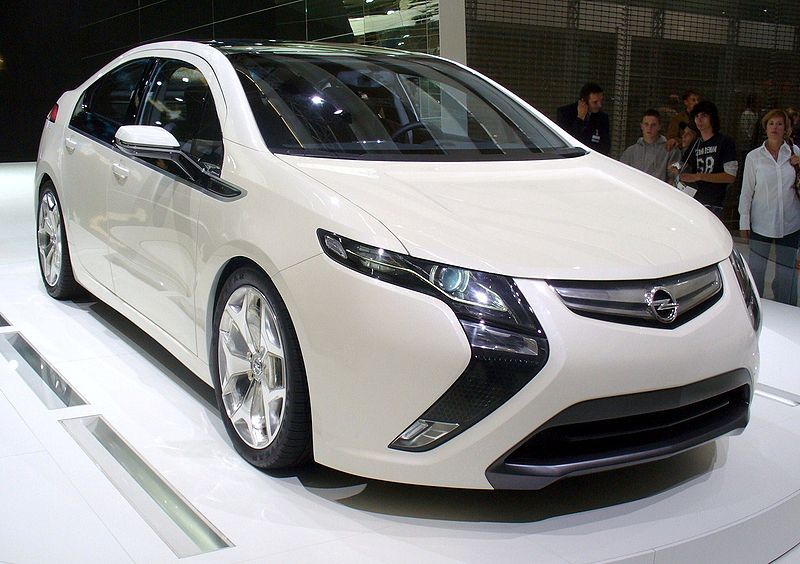Ampera exceeds sales expectations
Sales of the Vauxhall Ampera have exceeded 7,000 units, and are well on their way to 10,000 and close to beating the American version, the Chevrolet Volt, in terms of sales.

Sales of the Vauxhall Ampera have exceeded 7,000 units, and are well on their way to 10,000 and close to beating the American version, the Chevrolet Volt, in terms of sales. Deliveries for the hybrid cars only began last month.
The Volt has suffered from bad press and questions over its reliability, meaning it sold only around 7,600 units for the entirety of last year. The Nissan Leaf, a well received all electric model, has sold over 20,000 units since its launch worldwide.
"We are extremely pleased with the continuing demand for our Ampera," said Enno Fuchs, Opel's e-mobility launch director. "This news shows us that our sales target of 10,000 units for 2012 is well within reach."
The electric car market is gradually showing signs that it can produce a class of vehicle able to compete with traditional models. In 2013, an updated Leaf will increase range and add a new heater. It has recently been made available across the whole of the 50 states.
The Ampera was last year awarded the What Car? Car of the Year Award, but at a market price of over $50,000 the price will have to come down considerably to make them a like for like rival with traditional cars.
Other cars are beginning to reach that price point however. The electric Renault Fluence is on the market for as little as $28,000 and whilst it is some way above the price of an equivalent petroleum car, it is much closer to the figure needed to create a mass take-up of electric vehicles. In order to facilitate this process, many countries have instituted a subsidy for electric or hybrid vehicles.
One of the biggest problems for manufacturers is overcoming ‘range anxiety’. This is where even though a driver rarely exceeds the range of the electric vehicle, they worry about whether the car will be able to complete their journeys.
As a result, many manufacturers have found hybrids to be more marketable. The Toyota Prius is one of the most successful hybrids in the world, but it has a fuel efficiency of only around 44 miles per gallon. The Ampere/Volt has a far greater efficiency, as the engine only works when the battery is exhausted. The miles per gallon equivalent is 99mpg-e when the engine is not in use. The leaf compares with 106mpg-e
An important consideration for buyers is the payback time involved in buying the more expensive electric or hybrid model. With US gas prices, the time it takes to gain back the extra money paid is around 5-10 years, whilst in Europe, which has far higher petrol prices, this figure decreases. Of course, questions of range, charging times, style and practicality come in to consideration also. Certain countries offer tax breaks or monetary incentives also.
With competition growing each year, and volume of production increasing, the improvement in value for money is likely to continue. With oil prices continuing to rise also, electric and hybrid vehicles will begin to look less of a luxury.






